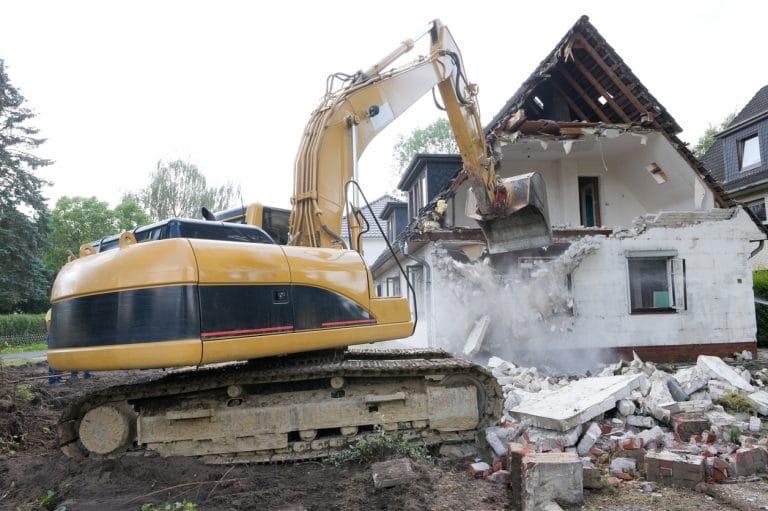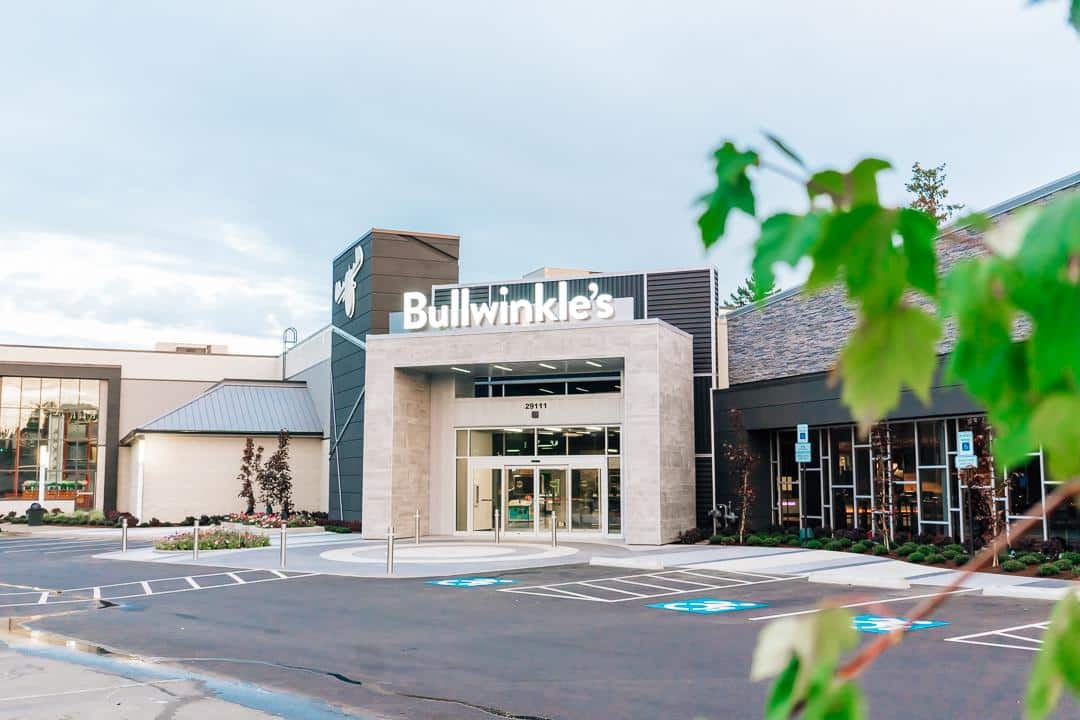Home Demolitions Drive Historic District Fights in Portland

Heated neighborhood meetings. Competing yard signs, protests, and lawsuits. What’s causing all this unrest across Portland? Would you believe us if we told you – historic districts?
It’s true. The Portland neighborhood of Eastmoreland has made the news recently with its efforts to stop redevelopment in the neighborhood by applying for listing on the National Registry of Historic Places. The listing would exclude the neighborhood from rezoning under the City of Portland’s Residential Infill Project.
The possible historic designation has stirred up significant controversy over the past few months, making waves in Portland real estate market circles.
Supporters say establishing Eastmoreland as a Historic District will preserve the neighborhood’s status as a middle-class, relatively affordable place to live with lots of open, green space. Opponents fall into two camps: Developers and residents who want to be able to remodel and add ADUs without going through a complicated and expensive approval process.
But Eastmoreland is not the only Portland neighborhood that is seeking historic district designation, and several have already been added to the National Registry over past decades. So what’s the big deal?
Changes in Eastmoreland
There seems to be a bit of patronizing in the media about the Eastmoreland neighborhood and what kind of homes are there. The story is that rich residents want to preserve their “posh” neighborhood. But what does Eastmoreland really look and feel like?
According to statisticalatlas.com, Eastmoreland is second to Forest Park as the wealthiest neighborhood in Portland. It cites the median household income as $118,000 according to 2010 census data of the neighborhood.
These numbers fall in line with the “posh” description, but there are definitely different levels of posh. Eastmoreland is a quiet, lovely neighborhood with big trees and lots of open space. Currently, the neighborhood is home to local Portland professionals as well as academics from nearby Reed College. They worry that homes affordable to them will be replaced by even bigger, more expensive new construction homes, if a historic designation is not approved. Developers are not looking to demolish homes to build low income housing in these more affluent neighborhoods, they are most likely going to demolish fully functional older homes in order to build top-end luxury homes that few can afford.
If Eastmoreland doesn’t obtain its protected status, it might share a similar fate to historic Portland neighborhoods of the past. Many were completely torn down in the name of redevelopment. In recent years, the number of demolitions of Portland homes has skyrocketed along with home values. It should be noted that some developers build homes to match the neighborhood’s culture, while others don’t have any nostalgic feelings about classic Portland homes (representing architectural styles from early Victorian to 1950s bungalows to late craftsman style) and simply build cutting edge modern without any desire to “blend-in”.
The Legality of History
According to Portland.gov, “Historic districts are geographic areas that have a concentration of thematically related historic resources.” There are several historic districts in Portland, including Alphabet in Northwest Portland, Chinatown/Japantown, and Irvington in SE (a full listing and maps are available on the website). You know you’re in a historic district in Portland when you see the blue street-sign toppers.
What makes these places special? They were some of the earliest parts of Portland to be permanently settled. Irvington was the city’s first “Streetcar Suburb” and contains a huge concentration of Queen Anne, Arts and Crafts, and Colonial Revival style residences. Chinatown and Japantown have obvious cultural histories; many of the other designated historic districts are around significant parks and squares that shaped the look and feel of Portland as it developed through the 20th century.
Getting a Historic District designation is not easy. There are several levels of approval to be met, from the city to the state to the National Registry. The area must be significant because of a historic event, person, or significant architectural heritage, or it must have potential to reveal prehistory through archeological or other investigation.
The neighborhoods in Portland that have attained this designation have mainly done so because of architectural significance of some kind. Home values in Portland’s historic districts tend to see more stability over time, and buyers can invest with confidence knowing that the basic character of the neighborhood will be preserved.
More Neighborhoods Pursuing Historic Designations
According to the Portland Tribune, seeking a Historic District designation is becoming more popular in the face of Portland’s population boom. In addition to Eastmoreland, the article says that other neighborhoods are in talks, weighing the pros and cons of the designation. Laurelhurst and nearby Peacock Lane are furthest along in the process.
Laurelhurst – Not saying RIP to Residential Infill
According to the Laurelhurst Neighborhood Association website, “Laurelhurst is a neighborhood of vintage homes and undulating streets surrounding beautiful Laurelhurst Park, straddling the NE and SE sections of Portland.” The neighborhood is considering whether to apply for Historic District designation. Peacock Lane, four historic blocks lying just Southeast of Laurelhurst, has already submitted a petition to the Oregon State Advisory Commission, which is the first step toward obtaining a Historic District designation.
The Peacock Lane neighbors did so because recently, a historic home there was sold to a developer and torn down. Laurelhurst Neighborhood Association took note.
“At least 30 houses in Laurelhurst have been wholly or partially demolished in the past 10 years,” reads a statement on their website. “The residential infill proposals (RIP), which will become effective later this year, provide added incentives for demolitions by allowing duplexes on all lots and triplexes corner lots, and cottage clusters on double lots. Individuals have varying view about the extent to which future demolitions are likely to occur in Laurelhurst; but, it will not take many more demolitions to irrevocably change the character of the neighborhood.”
It seems that the historic designation could be a benefit to home owners, buyers and sellers in this neighborhood, and perhaps for other Portland neighborhoods as well. While the RIP proposals do seem to pose a threat to historic homes, that doesn’t mean infill can’t still take place.
Laurelhurst advocates who are pushing for historic designation have put together a very well researched website with information about what the designation actually means for remodeling and adding ADUs. They found that in other Portland neighborhoods that have obtained Historic District designations, such as Irvington and Ladd’s Addition, demolitions have been all but eliminated but remodeling and construction of ADUs are still being approved. This seems to be in line with homeowners’ desires to continue with adding infill, but not the kind that rezones to allow the demolition of old homes to build newer, bigger ones — homes that don’t necessarily house more people.
Talk to A Real Estate Agent
As a top local real estate agent, I commonly see housing debates framed too simplistically in the news media. Neighbors, too, tend to put forward only those points that further their own arguments, for or against historic designation. If you’re considering buying a home in a neighborhood that’s in the process of seeking the designation, be sure to do your own research. My buyers’ team will be happy to present you with the facts, and put you in touch with Portland homeowners who have attempted remodels within the confines of a Historic District.


